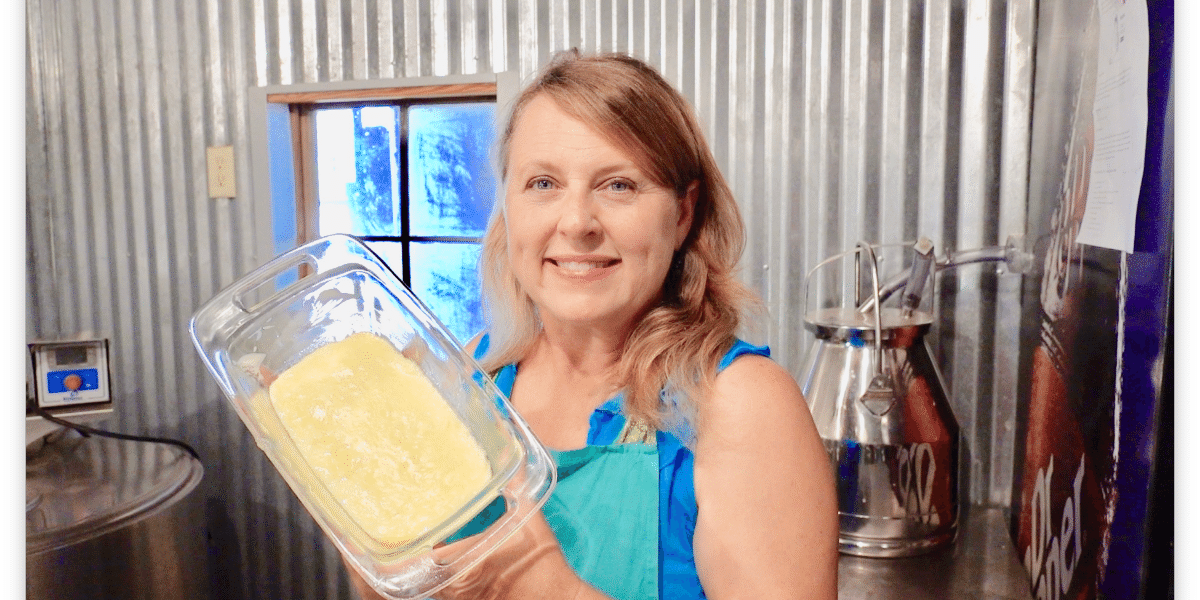Unlocking the Keys of Artisanal Cheese Making: A Step-by-Step Do It Yourself Overview
In the realm of cooking workmanship, artisanal cheese making stands as a testament to the delicate equilibrium in between custom and innovation. Each step in the procedure, from picking the best milk to improving aging strategies, holds within it a wealth of understanding gave through generations. As we begin on this trip to debunk the art of developing splendid cheeses, we are encountered with a tapestry of skills and tricks waiting to be unwinded. Join us as we explore the ins and outs of this ancient craft, where persistence, art, and scientific research merge to generate tastes that entice the detects.
Choosing the Right Milk
When getting started on the trip of artisanal cheese making, the option of milk plays an important duty in figuring out the high quality and characteristics of the last product. The type of milk chosen impacts the flavor, texture, and overall account of the cheese.
In addition, the resource of the milk, whether from cows, goats, lamb, or buffalo, adds distinct flavors and features to the cheese. Each kind of milk brings its own subtleties, permitting for a wide variety of cheese varieties to be crafted based on the selected milk.
Culturing and Coagulating
To start the cheese-making process, the essential actions of culturing and coagulating should be carefully performed to transform milk into curds and whey. The kind of society utilized can considerably impact the flavor, structure, and ripening of the final cheese item.

The timing and temperature level control during culturing and coagulation are vital variables that affect the final result of the cheese. Correct execution of these steps is necessary to guarantee the desired texture, taste, and uniformity of the artisanal cheese being generated.
Draining and Pressing Curds
After the milk proteins have actually coagulated and the curds have been cut to release whey, the following critical step in artisanal cheese making entails draining and Recommended Site pushing the curds to achieve the wanted texture and uniformity of the final cheese item. Draining pipes is the process of dividing the curds from the whey. This can be done by moving the curds into a cheesecloth-lined bowl-shaped sieve or mold and allowing the whey to drain off normally. The time for draining can differ depending on the kind of cheese being made and the preferred moisture content.
Pushing assists get rid of any type of staying whey and compacts the curds to develop go to this site a strong cheese wheel. Proper pushing and draining pipes are critical actions that dramatically influence the top quality and characteristics of the artisanal cheese being generated.
Aging and Flavoring Techniques
Carrying out precise aging and flavor techniques is crucial in enhancing the deepness and intricacy of artisanal cheeses, raising their preference profiles to beautiful degrees of refinement and refinement. Aging plays an important duty in developing the special flavors and textures that identify artisanal cheeses.
Flavoring methods likewise add dramatically to the final preference of artisanal cheeses. Cheesemakers may select to introduce extra flavors by incorporating components such as natural herbs, spices, and even fruits into celebrity throughout the manufacturing process. Additionally, some cheeses are washed or massaged with various liquids, such as brine or alcohol, to improve their textures and flavors.
Wrapping and Keeping Cheeses

Final Thought
To conclude, grasping the art of artisanal cheese making entails meticulously selecting the appropriate milk, following exact culturing and coagulating processes, draining and pushing curds effectively, and using numerous aging and flavoring methods. By adhering to these steps carefully and with focus to detail, you can develop your own tasty and one-of-a-kind cheeses at home. Keep in mind to cover and store your cheeses appropriately to ensure ideal taste and appearance advancement. Happy cheese making!
Each kind of milk brings its very own subtleties, permitting for a vast range of cheese varieties to be crafted based on the selected milk.After the milk healthy proteins have coagulated and the curds have been reduced to launch whey, the following critical action in artisanal cheese making entails draining pipes and pushing the curds to accomplish the preferred texture and consistency of the last cheese item. Many cheeses must be wrapped in wax paper or cheese paper to allow them to breathe while shielding them from drying out. For cheeses that require to proceed aging, such as bloomy peels or washed rinds, guarantee they are stored in a cool environment like a cheese cavern or a fridge set to the ideal temperature. By paying attention to the covering and storage space of artisanal cheeses, cheese manufacturers and enthusiasts can protect the integrity of these specials and completely appreciate their complicated flavors.